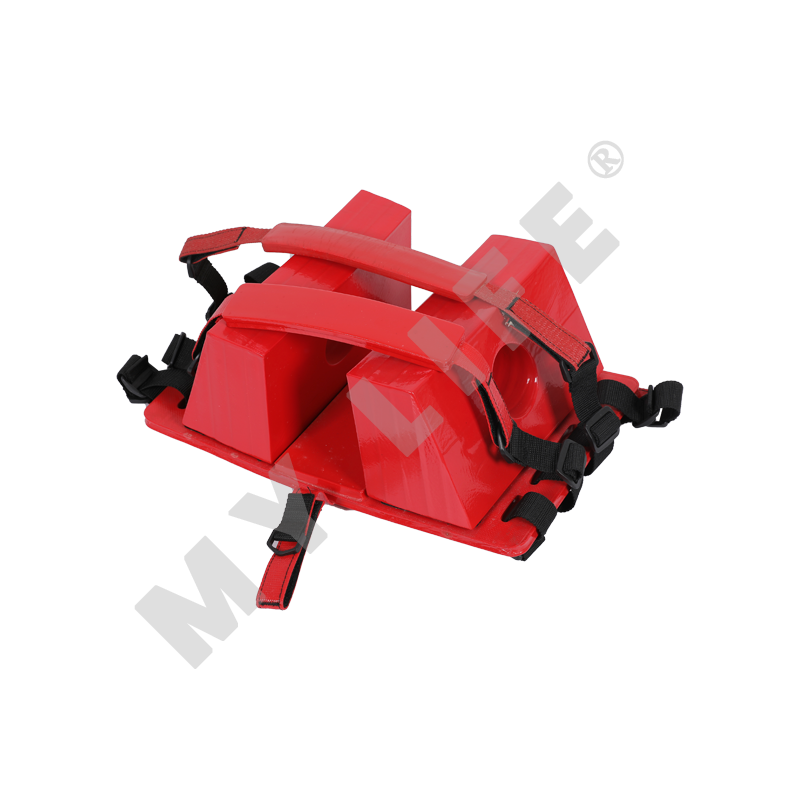Head immobilizers are an essential tool
Head immobilizers are devices used to keep the head and neck in a fixed position to prevent movement during medical emergencies. These devices are commonly used in the field of emergency medicine, particularly in situations where a patient has suffered a traumatic injury to the head or neck. In this article, we will take a closer look at head immobilizers, including their purpose, types, and usage.


Purpose of Head Immobilizers:
The primary purpose of a head immobilizer is to prevent movement of the head and neck. This is important because movement can exacerbate injuries to the head or neck, particularly in cases where there may be damage to the spinal cord. By immobilizing the head and neck, medical professionals can minimize the risk of further injury and help protect the patient's overall health and well-being.
Types of Head Immobilizers:
There are several different types of head immobilizers available, each with their own unique features and benefits. Some of the most common types of head immobilizers include:
Foam Head Immobilizer: This type of immobilizer is made from foam material and is designed to provide a comfortable and secure fit for the patient's head and neck.
Vacuum Head Immobilizer: This immobilizer uses a vacuum system to create a custom fit for the patient's head and neck, providing a secure and stable platform.
Adjustable Head Immobilizer: This type of immobilizer is designed to be adjustable, allowing medical professionals to customize the fit based on the patient's specific needs.
Usage of Head Immobilizers:
Head immobilizers are typically used in emergency situations, particularly when a patient has suffered a traumatic injury to the head or neck. Medical professionals will typically apply the immobilizer as soon as possible after the injury occurs, to minimize the risk of further injury. The immobilizer will then be left in place until the patient can be transported to a medical facility for further treatment.
When applying a head immobilizer, it is important to take care to ensure that the patient is properly positioned and secured. The immobilizer should be snug, but not too tight, to ensure that the patient is comfortable and can breathe properly. Additionally, medical professionals should take care to monitor the patient's vital signs and ensure that they remain stable throughout the immobilization process.
Head immobilizers are an essential tool in the field of emergency medicine, providing a secure and stable platform to help prevent further injury to patients who have suffered traumatic injuries to the head or neck. While there are several different types of immobilizers available, they all share the same primary purpose: to keep the patient's head and neck in a fixed position to minimize the risk of further injury. By using these devices appropriately and with care, medical professionals can help ensure the best possible outcome for patients who have suffered traumatic injuries.

 英语
英语 中文简体
中文简体






